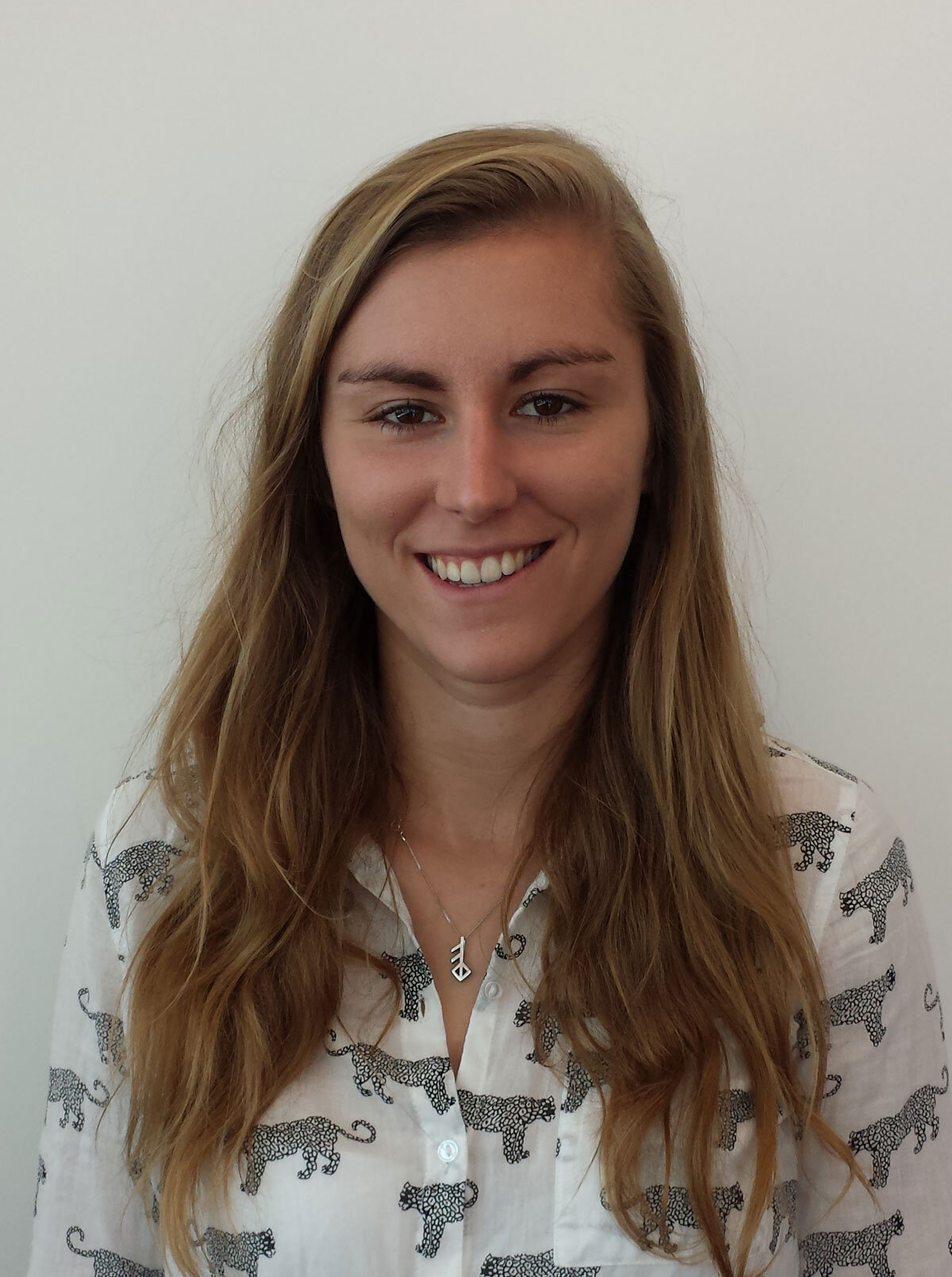Lucy Marshall
Academic and Work Experience Prior to Sept 2016 Programme Start
As part of my undergraduate Biochemistry degree at Imperial College London, I conducted a year’s industrial placement investigating aspects of Alzheimer’s disease. This ended up being the best year of my degree and confirmed that I wanted to pursue a career in research.
PhD Programme – Year 1 – MRes and Project Rotations
I started my rotation year investigating the nature of stem and progenitor cells in the middle ear in Professor Abigail Tucker’s lab. During this project, I developed an explant culture system of mouse eardrums. I used Sox2-reporter mice which allowed me to follow the fate of Sox2+ stem/progenitor cells after the eardrum was injured.
As well as learning how to perform microdissections, I also learnt to section tissue using a microtome and perform histological staining. My second project in Professor Peter Jones lab aimed to explore ways in which pancreatic islets could be protected from inflammation and hypoxia, two physiological stressors which lead to considerable losses of islets after transplantation. Here, I learnt to isolate and purify mouse islets, and performed several biochemical and imaging assays to assess their health and survival after exposure to stressors.
Finally, my third project explored angiogenic and inflammatory processes after spinal cord injury in Professor Elizabeth Bradbury’s lab. Using a rat model of spinal contusion injury, I investigated how blocking a key factor in angiogenesis affected both the pathology and the functional outcomes after spinal cord injury. Animal handling skills and being able to perform behavioural tests competently was one of my goals for the rotation year, and I achieved that in this project. Research into spinal cord injury fascinates me and this is where I chose to continue my PhD research.
PhD Programme – Years 2 to 4 – Doctoral Studies
Spinal Cord Injury (SCI) can have devastating consequences for both patients and their families. The central nervous system has poor regenerative capabilities and these injuries can leave individuals with severe and permanent loss of sensory, motor and autonomic function.
Pathologically, the initial injury leads to a cascade of secondary changes which can cause further damage. In particular, there is severe inflammation and tissue remodelling, leading to formation of a non-healing tissue scar. Recent research by our group has found a link between tissue scarring and inflammation: proteins involved in scarring can activate and amplify inflammatory responses. This in turn causes further damage and creates an environment that is unfavourable for repair.
The aims of this project are to gain an understanding of this link between scarring and inflammation. Firstly, we aim to explore whether novel drugs can prevent activation of the inflammatory response. Secondly, we aim to understand how proteins involved in scarring activate inflammatory cells. Finally, we aim to identify the specific proteins involved in this detrimental response. To achieve these aims, we will use rodent models that accurately mimic the pathological changes that occur after human SCI, as well as cell culture experiments to understand mechanisms of activation.

